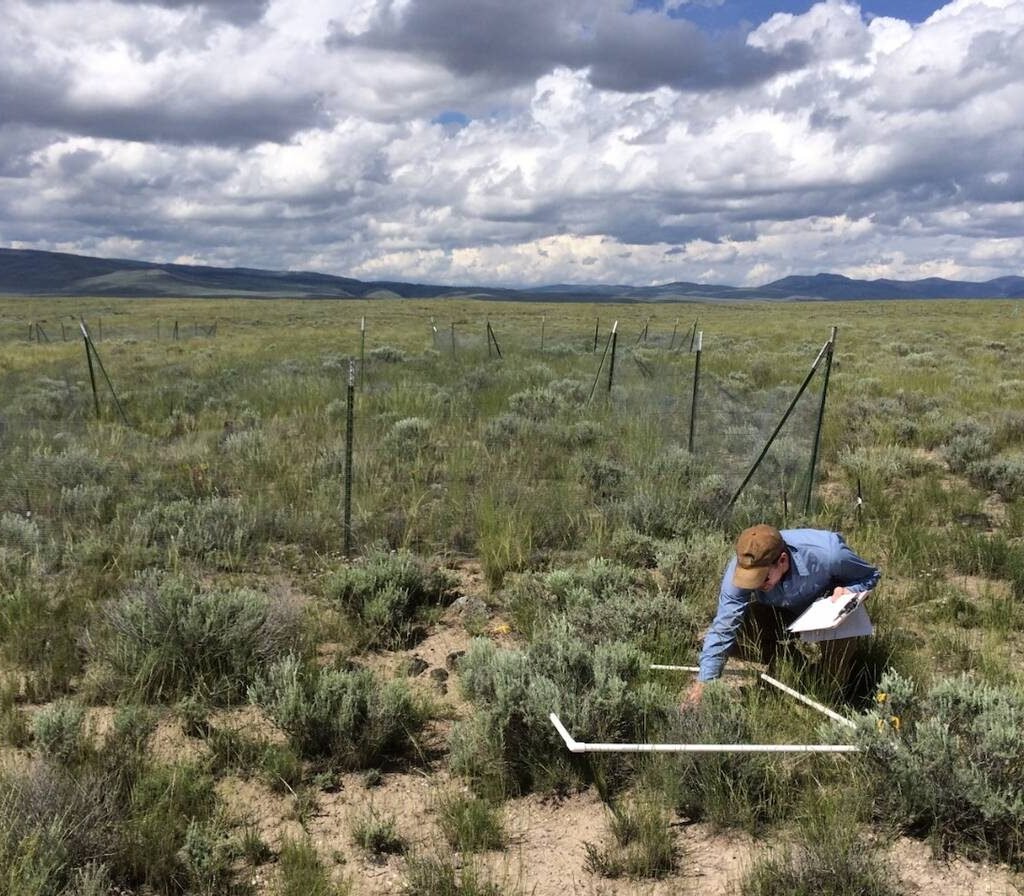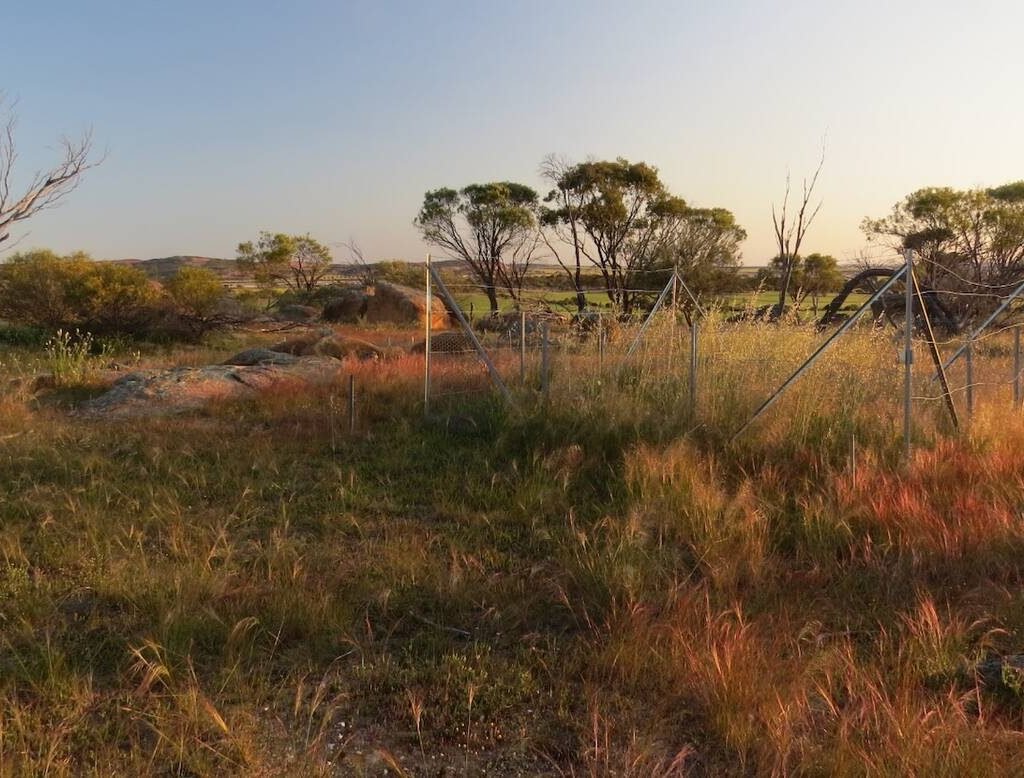A global study of fertilizer response in grasslands, including data from six continents, concluded that managing nutrients precisely will be unpredictable.
Why it matters: There are numerous ways to precisely apply nutrients, but there’s still a gap in knowledge about when fertilizers don’t work.
“We had hoped to have this scenario where, okay, I know all the places within that pasture where nutrients aren’t going to work, surely I can get a maximized yield, reduced input and reduced environmental impacts. It just was not really possible,” says Andrew MacDougall, a professor in the department of Integrative Biology at the University of Guelph.
He was one of more than 40 authors who contributed to the study, published in April in the journal Scientific Reports. Oliver Carroll was the lead author while he was doing post-doctoral work for Food for Thought at the University of Guelph’s Arrell Food Institute. The team of authors is affiliated with the global Nutrient Network.
The study added fertilizer to grasslands at 61 sites, and the biomass increase was measured to gauge the response to the fertilizer.
The researchers found that fertilization of the grasslands showed widely variable responses. Fertilization increased average yield by 43 per cent, but in 26 per cent of cases, there was no improvement in biomass.
All of the sites showed some response to fertilizer at least once, but only four of the 61 plots showed an increase in biomass in all years and all plots.
“The truth is, if you’re just interested in yield, it’s always safer just to add nutrients everywhere, because you just don’t know, wet years, dry years, there’s all sorts of variation that are really, really hard to predict, even if you’ve got pretty good information beforehand,” says MacDougall.
The researchers used grasslands for the study as they would not have had the fertilization history of cropland, so it made it easier to compare biomass results across plots in diverse ecosystems.
“We needed to work in grasslands versus cropland, because we didn’t want the contamination from previous nutrient additions and phosphorus in particular, of course, is quite sticky,” says MacDougall.
The sites were highly variable in environment and soil, including plots in Canada and the United States, but also reindeer grazing land in tundra in Finland, dry pastures in Africa and highly diverse species pastures in China.
Those results show that qualifying when to precisely apply fertilizer is a challenge, says MacDougall.
“There are always spots where the nutrients don’t work as well,” says MacDougall. “What if we could anticipate where we don’t have to add nutrients? How much money would we save? We show you could, in theory, save a lot. It’s just hard to predict.”
MacDougall worked on another study about 10 years ago that showed that 25 per cent of the time that nutrients were applied, they didn’t affect yield.
“When we look deeper, it’s clear that there are a lot of circumstances where nutrients are not the limiting factor, and typically it’s moisture,” he says. There are other limiters, including acidity of the soil, but moisture is the largest influence.
“If you’ve got a drought in Australia or Africa or the Canadian west or Colorado, you can add all the nutrients you want. Plants are not going to get bigger.”
The question MacDougall wanted to answer with the larger study was whether they could pinpoint when not to apply nutrients, when they wouldn’t work, to save farmers money and lower the amount of nutrients added to the environment.

If they know that nutrients don’t work 25 per cent of the time, what are the factors that lead to that 25 per cent?
It turns out that’s pretty difficult, if you’re chasing top yield. However, MacDougall says that if you’re willing to sacrifice a bit of yield, there’s money to be saved and more profit for the farm.
Environmental impact could also be reduced.
Precision fertilizer application can still make sense, especially as the cost of fertilizer continues to rise and the limits of non-renewal fertilizers like nitrogen from fossil fuels, and phosphorus which is mined, get closer.
The continued development of tools such as microdosing of fertilizers and using tissue analysis to monitor crop needs are tools that will continue to help understand where fertilizer should be applied.
MacDougall says the results of the study show that these tools will be more important into the future.

“I thought for sure we’d see the golden path forward. But all it did was reinforce that this is hard to predict, and the safest thing is just add (fertilizer) everywhere. But as costs go up, we just clearly aren’t going to be able to keep doing that.”
The post Predicting precise fertilizer application appeared first on Farmtario.














